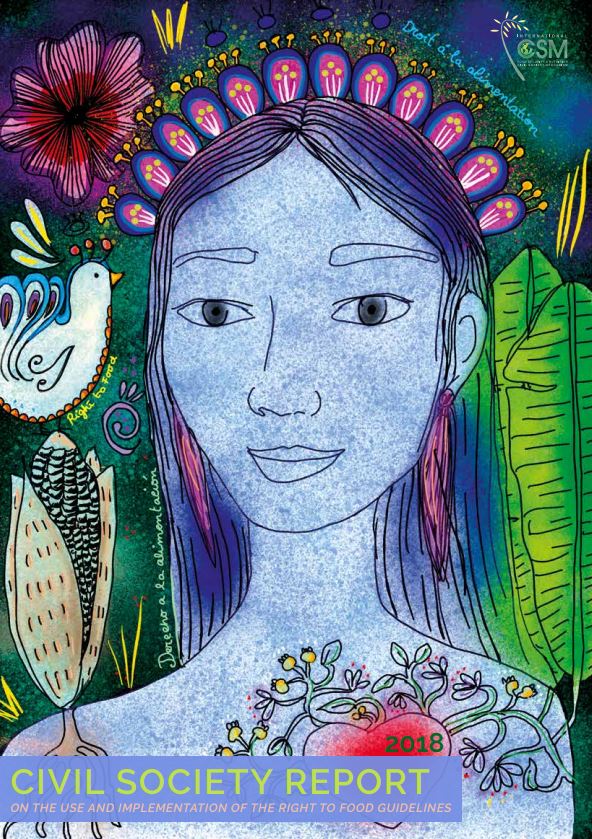Human Rights
Independent Civil Society Report on the use and implementation of the Right to Food Guidelines

The CFS’ monitoring of the use and application of the RTF Guidelines comes at an important moment. The protection, promotion, and realization of human rights – including the right to food – is now at a critical juncture. Human rights spaces are under threat with the rise of authoritarian governments, xenophobic and nationalistic forces, and the trend towards declining authority of public sector policy-making to the benefit of private sector entities and interests.
Compounding the political struggles, for the first time in a decade, the number of food insecure has increased – with rates moving from 784 million in 2015 to an alarming 821 million in 2017. Mainstream reports cite the increasing number of conflicts and climate-shocks as the main driver of rising levels of hunger and malnutrition, together with growing rates of unemployment and the deterioration of social protection nets. However, this analysis fails to also fully address the root causes of hunger and malnutrition linked to gender, race, class, and access to resources, as well as the increasing influence of corporations at all levels, including in food production and consumption habits, pricing, and marketing.
It has never been so important to reflect on the space and significance of human rights and the right to food. Monitoring in the context of the CFS provides an opportunity to consider how the normative understanding of the right to food has advanced since the adoption of the RTF Guidelines, to document success in the right to food implementation and to critically assess where (and why) violations of the right to food persist. It also provides an opportunity to establish spaces of accountability, to give voice to those most affected by violations of the right to food and nutrition, and to plan for the future.
Download the full Report here





